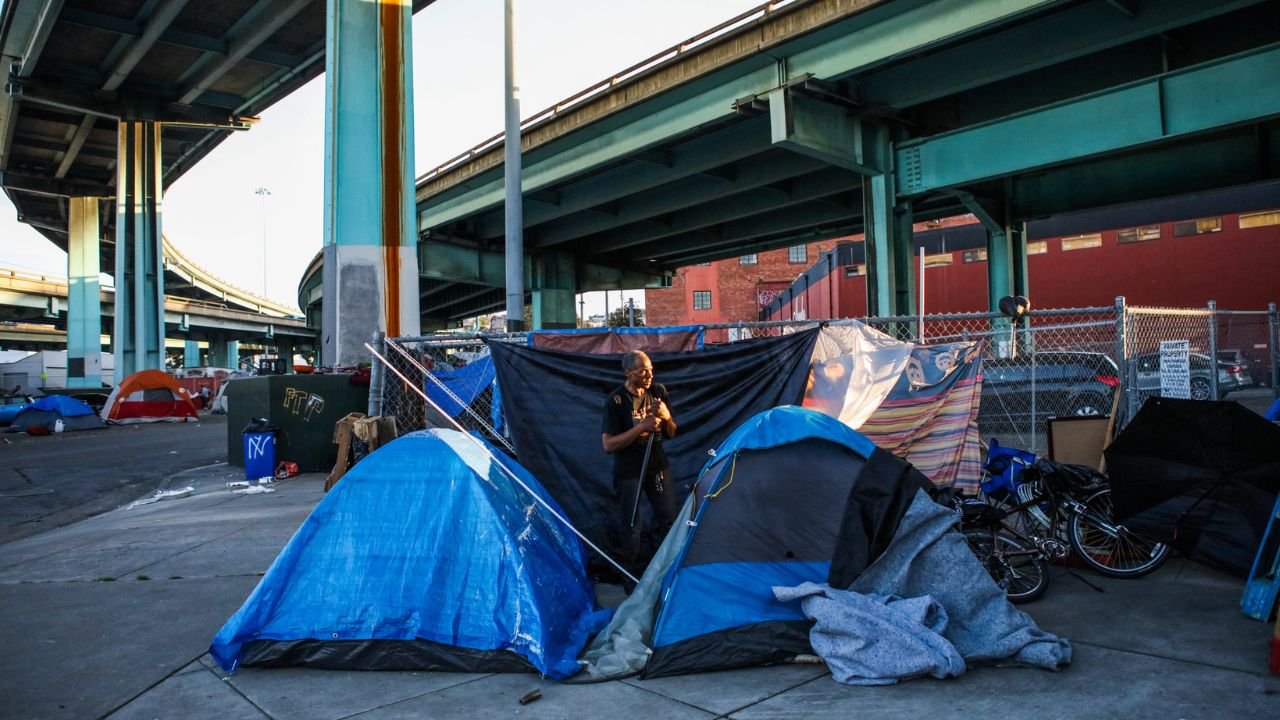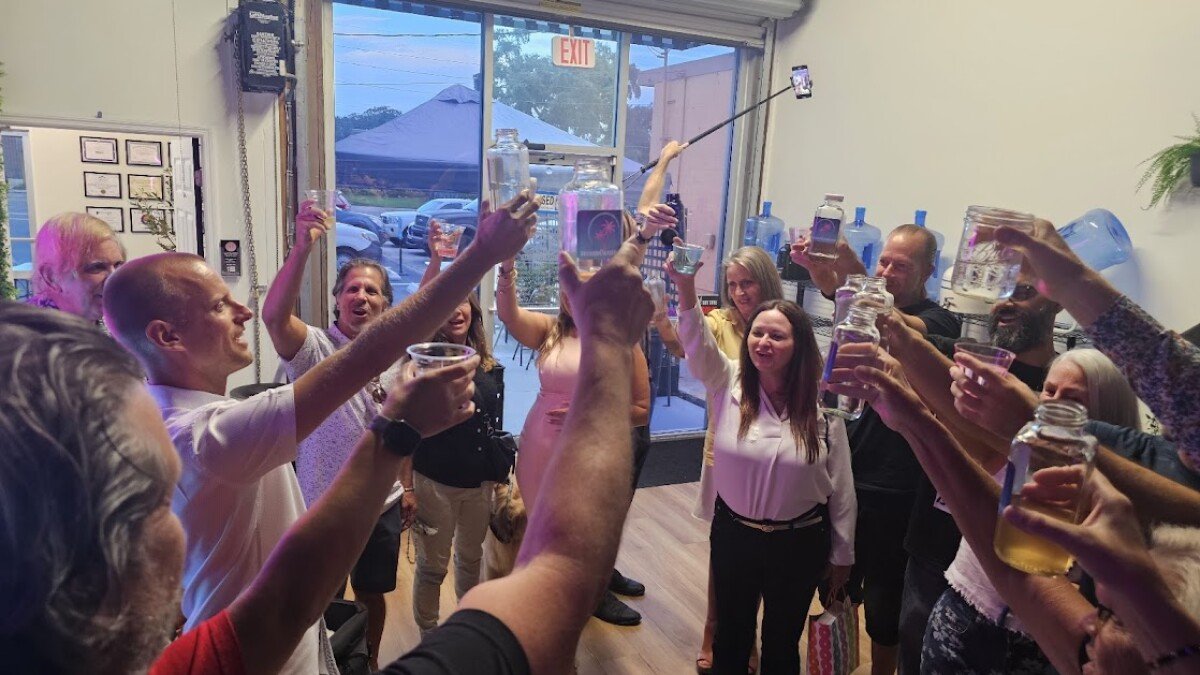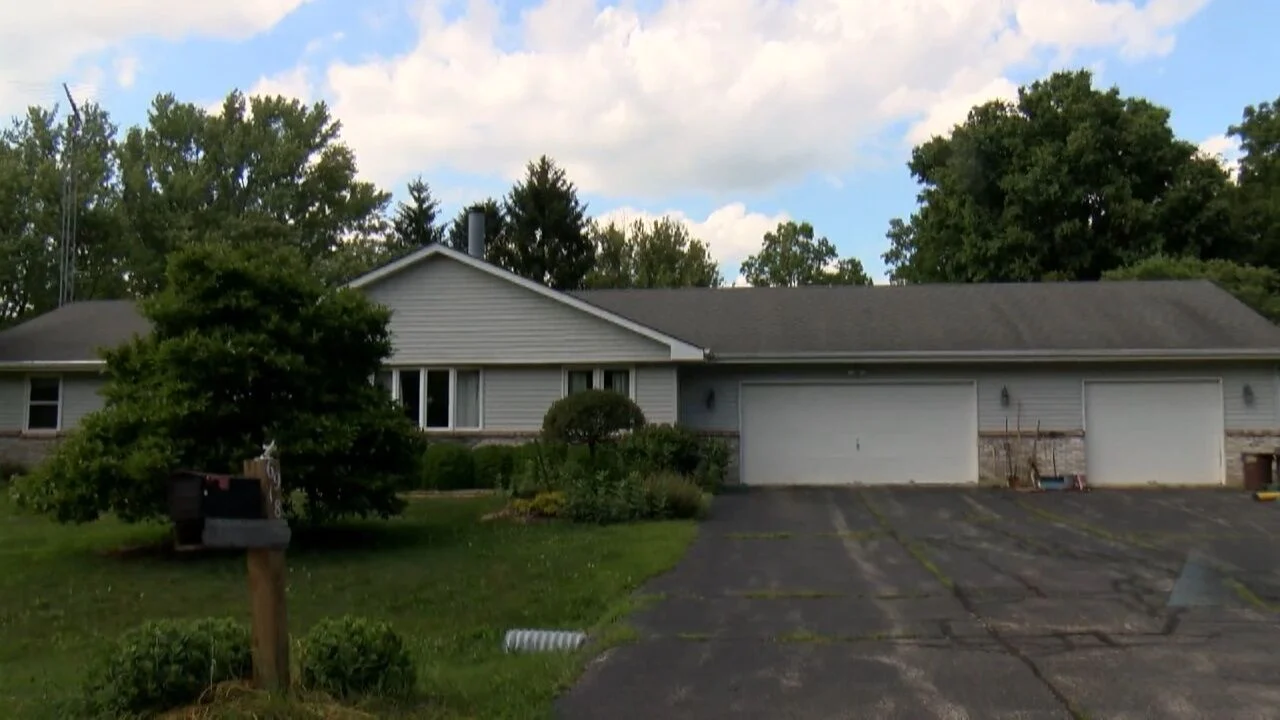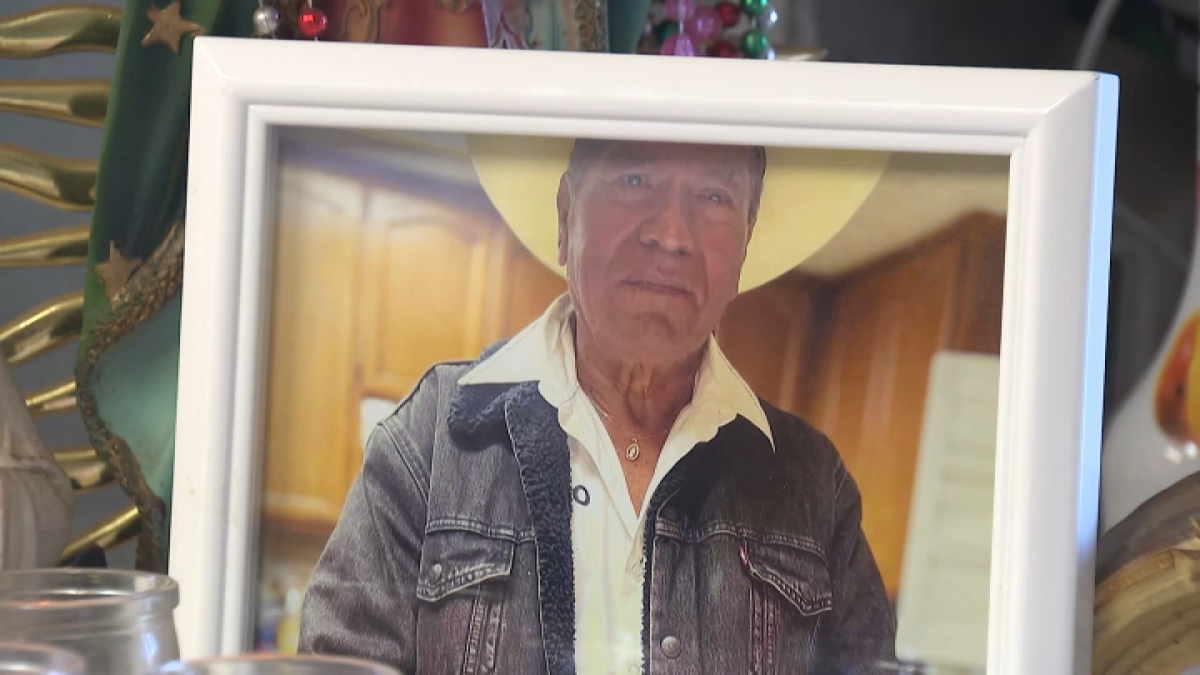SAN FRANCISCO — A dramatic shift in San Francisco’s approach to visible homelessness has led to a reported 85% reduction in the number of homeless tents citywide, dropping from 1,108 in April 2020 to just 165 as of June 2025, according to newly released city data.
While the figures appear to reflect major progress, advocates warn the statistics don’t tell the full story — and that the focus on enforcement over treatment and housing solutions may be creating unintended consequences.
Tent Numbers Plummet Amid Aggressive Policy Shift
City officials attribute the steep decline to ongoing efforts started under former Mayor London Breed and intensified by current Mayor Daniel Lurie, who took office in January. The city recently concluded a four-month “triage center” pilot on Sixth Street to link unhoused residents with addiction treatment and shelter, while maintaining a 24/7 police presence at the 16th Street BART plaza.
According to Mission Local, the most recent tent count marks a 25% drop from March 2025, when 220 tents were recorded. The neighborhoods with the highest tent concentrations include Apparel City, South of Market, and the Tenderloin.
Mayor Lurie’s Team Calls It Progress, Critics Push Back
Denny Machuca-Grebe of the city’s Department of Emergency Management called the progress “a positive indicator of safer, healthier streets,” stating more San Franciscans are now being connected to help. However, Jennifer Friedenbach from the Coalition on Homelessness pushed back on the narrative.
“You’re essentially counting a piece of fabric,” she said. “It’s not very meaningful.”
Friedenbach argued that tracking shelter placements or permanent housing moves would be more indicative of systemic change.
Displacement, Not Resolution?
Some community leaders warn the enforcement-first strategy could be displacing homeless individuals rather than housing them. Supervisor Jackie Fielder said city actions have pushed drug activity and encampments into adjacent areas — especially around the 16th Street BART station, where about 50 individuals were observed engaging in illegal sales and drug use.
“We’re just going to continue the cat-and-mouse game,” Fielder said, unless the city invests more in mental health beds and long-term care.
Shelter Bed Shortage and Family Homelessness Still Loom
Despite the lower number of tents, San Francisco is struggling with shelter capacity. As of 2024, more than 9,900 people used the city’s shelter system, up from 6,800 in 2021. Mayor Lurie’s goal of adding 1,500 new beds is still far off — with only 122 added so far.
An $11 million initiative called the Family Homelessness Prevention Pilot is also underway, aiming to help at-risk families access emergency resources before they fall into homelessness.
Still, over 300 families remain on the shelter waiting list.
Legal Fights and Historical Context
San Francisco’s methods haven’t escaped legal scrutiny. The Lawyers’ Committee for Civil Rights accused the city of violating the rights of unhoused residents by seizing their property without due process. A federal judge previously limited such enforcement actions, though that decision was partly reversed after the Supreme Court ruling in Grants Pass v. Johnson, which gave cities more authority to clear encampments.
The city’s quarterly tent count program, launched in 2019, shows a steady decline since 2023 — a trend linked closely to Breed’s post-pandemic enforcement strategies.
Is This Real Progress or Cosmetic Reform?
Advocates remain skeptical. While the city celebrates fewer tents, many argue that the decline doesn’t equate to fewer homeless people. Critics point out that visible homelessness may simply be driven out of sight, while systemic issues like housing costs, mental health care, and addiction treatment remain unresolved.
Even Bayview, once home to 66 large encampments, now has only a few sites with more than six tents — but that’s not necessarily a sign of stability, warn experts.
What Do You Think?
Is San Francisco’s approach to homelessness a model for other cities — or a warning sign?
Tell us in the comments on ChicagoSuburbanFamily.com.












